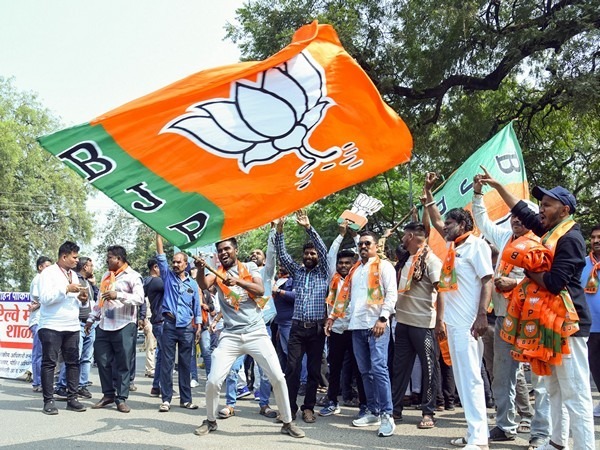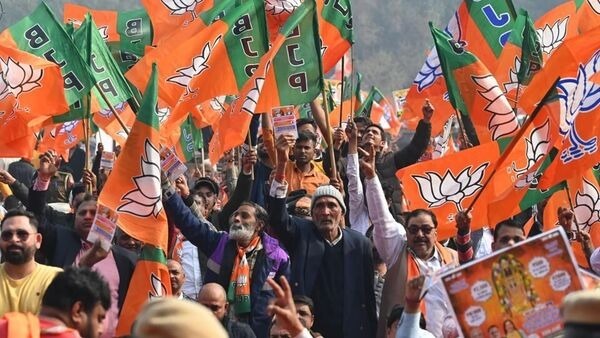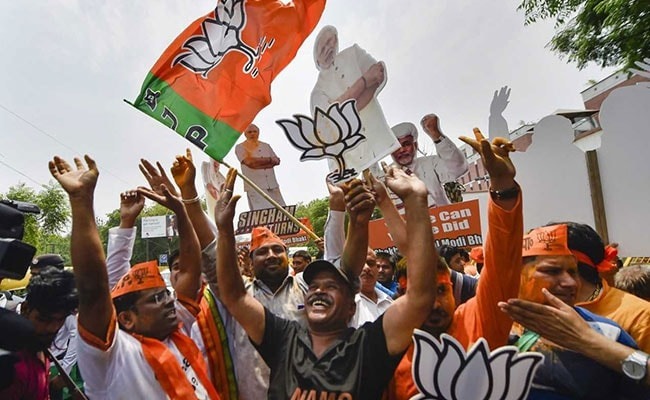With the BJP poised to reclaim power in Delhi after nearly three decades, the election results highlight several key reasons behind its success and the changes to expect in the coming years.
Middle-Class Appeal and Welfare Continuity
The BJP’s focus on the middle class and promises of continued welfare schemes won them critical support. The party ensured that the AAP’s popular schemes, such as free electricity and bus rides for women, would be maintained while adding their own development agenda. The BJP’s push for tax cuts and outreach programs, particularly aimed at Resident Welfare Associations (RWAs), helped consolidate this voter base.

Commitment to Ongoing AAP Programs
While the BJP had criticized AAP’s welfare schemes in the past, it pledged to continue these initiatives if elected. This strategic move ensured they did not alienate low-income voters while also promising better governance and development aligned with their “double-engine” vision—coordinated action at both the central and local levels.
Infrastructure Issues Played a Key Role
The poor condition of roads and infrastructure, including overflowing drains and irregular garbage collection, turned voters against AAP. These issues, particularly affecting middle-class and gated communities, had led to growing dissatisfaction with the current administration’s ability to deliver basic services.
The LG-AAP Dispute
The ongoing tensions between the AAP government and the Lieutenant Governor (LG) further contributed to AAP’s unpopularity. The BJP’s promise to work in tandem with the Centre and the LG resonated with voters, who believed that this would lead to smoother governance.

The Impact of Anti-Incumbency
After years in power, the AAP faced anti-incumbency sentiments, with many voters frustrated by unresponsive local representatives. Even though the AAP made last-minute changes to its candidate list, it could not overcome the issues of inaccessibility and unfulfilled promises.

What’s Next for Delhi?
With the BJP expected to form the next government, the focus will likely shift to infrastructure improvements, better governance, and ensuring that the benefits of AAP’s welfare schemes are continued while delivering on the BJP’s promises of development. The “double-engine” approach may bring more alignment between the central government and the Delhi government, ensuring that progress in the capital accelerates.
This win signals a change in Delhi’s political landscape, marking the beginning of a new era of governance under the BJP, after nearly 27 years of AAP rule.
